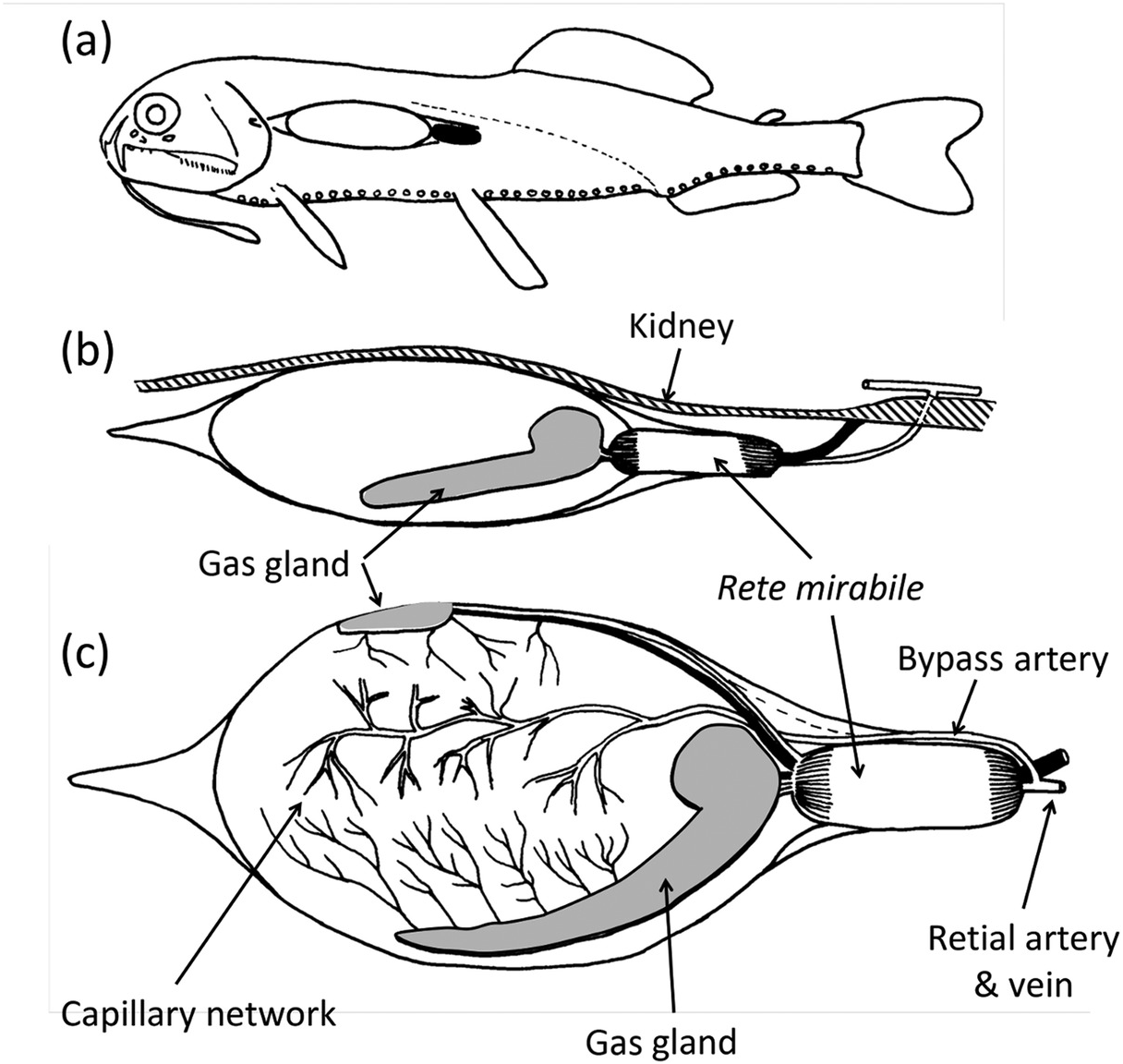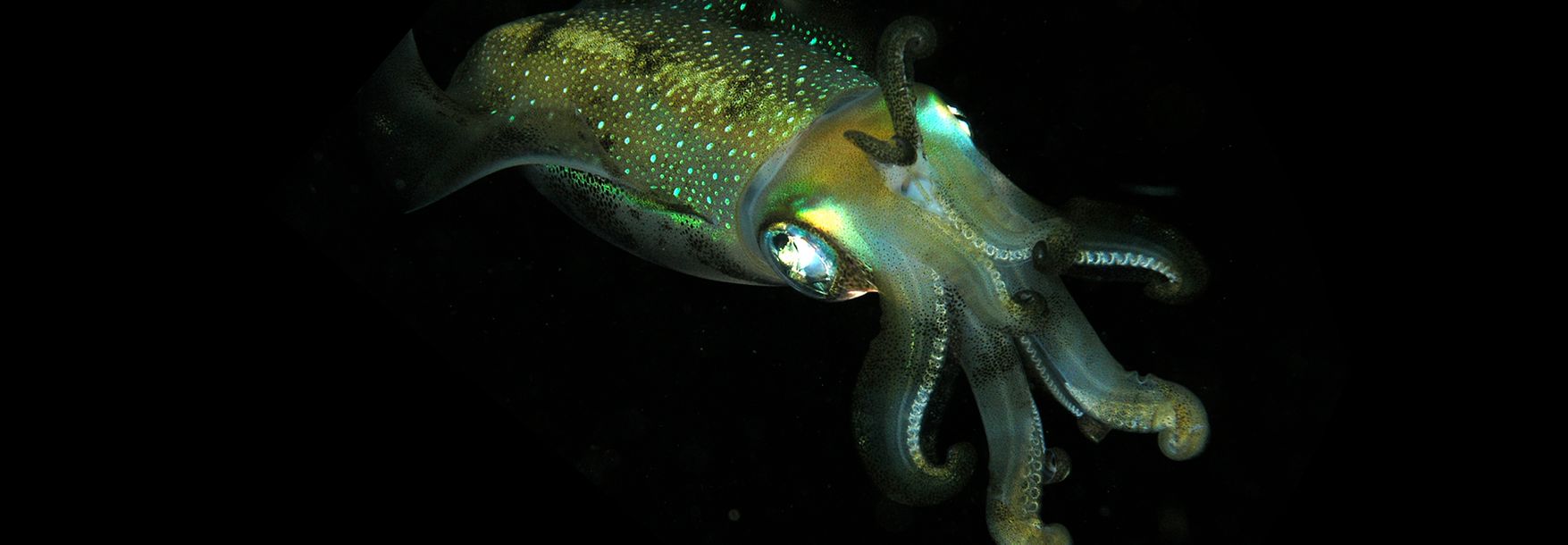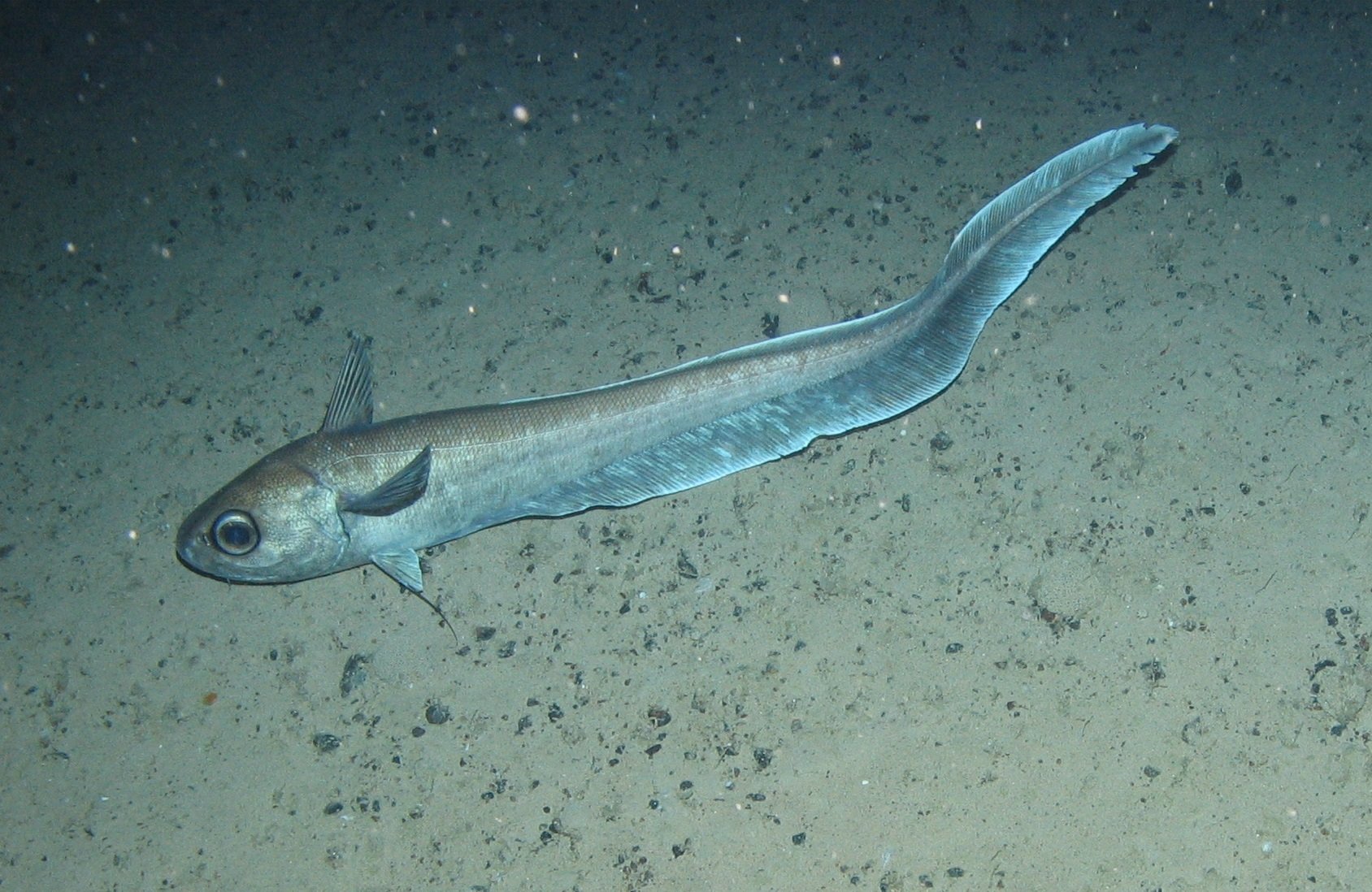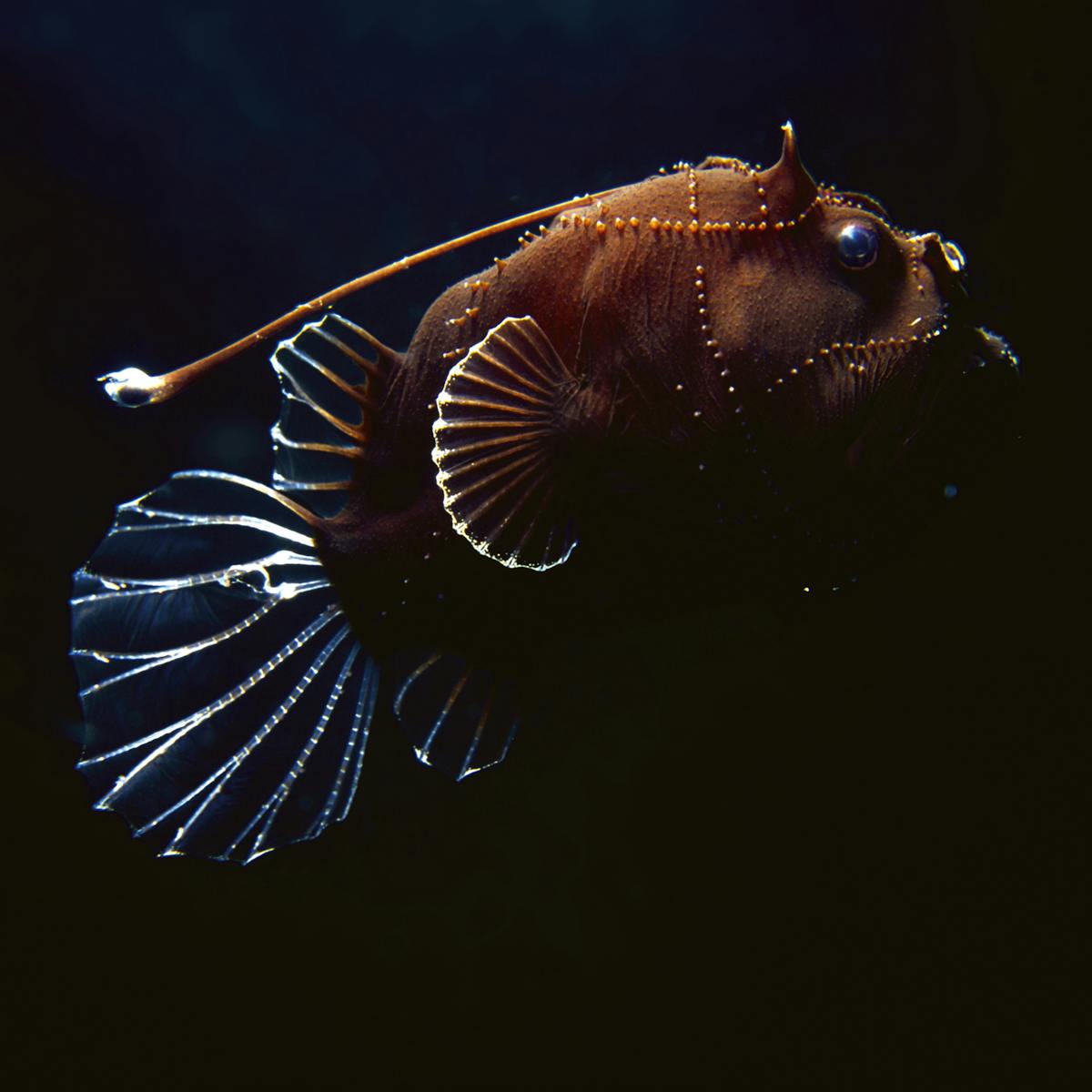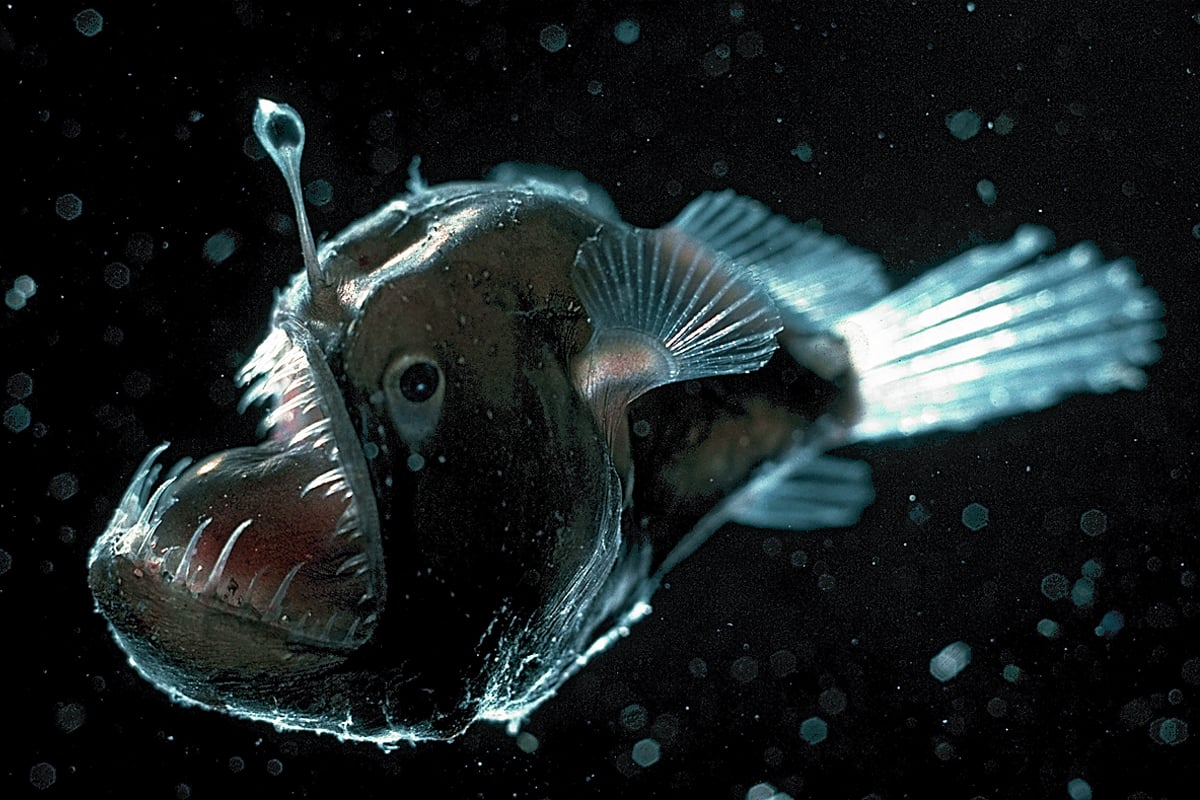Deep Ocean Animals Adaptations

Enzymes exhibit reduced perturbation of function by pressure membranes have fluidities adapted to deep-sea pressures and temperatures and proteins show.
Deep ocean animals adaptations. This is often used by animals everywhere for camouflage and protection from predators. Rods help eyes sense light. In the deep sea animals bodies are often transparent eg Squid and Jelly fishes.
Some of the most amazing adaptations are from ocean animals like sharks jellies starfish stingrays and dolphins. Childress T he deep ocean is unlike terrestrial and shallow en- vironments in many ways but two of the most im- portant are its vast scale as a habi- tat and the pervasiveness of con- ditions throughout it. Some of the most amazing adaptations are from ocean animals like sharks jellies starfish stingrays and dolphins.
Animals adapt to their environments to help them survive. The deep-sea is cold dark and mysterious but its creatures are known for their amazing adaptations. In some other deep-sea fishes eyes are very small as they are of little apparent use and still others are without eyes.
These creatures have several adaptations like compressible lungs lung-like swim bladders etc to help them overcome the high water pressure in their deep-water environment. Dissolved H2S emerging from. The benthic division includes Bathyal 200 m 400 m Abyssal.
8 12 x 11 blank paper pencil colored pencils ruler or straight edge. The ocean has three broad habitats. First off the deep ocean is dark because sunlight cant penetrate very far into the water.
REVIEWS Are there physiological and biochemical adaptations of metabolism in deep-sea animals. The abilities of deep-sea animals to tolerate the pressure and temperature conditions of deep-sea habitats are due to pervasive adaptations at the biochemical level. In this lesson students consider the diversity of animals in the deep ocean noting similarities and variations in how animals have adapted to their deep ocean environment.
